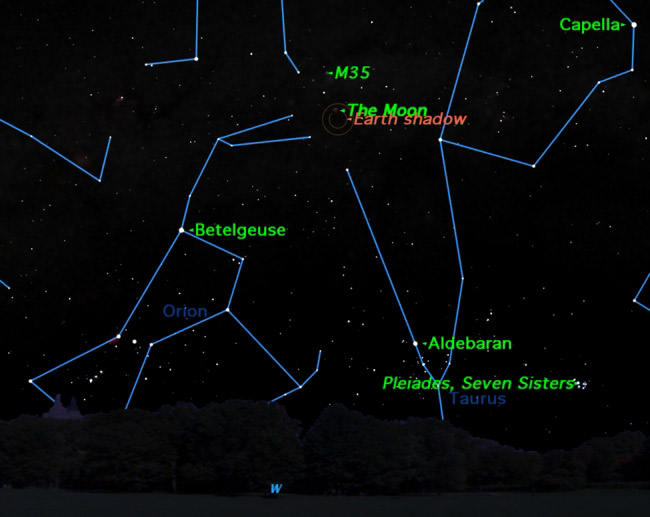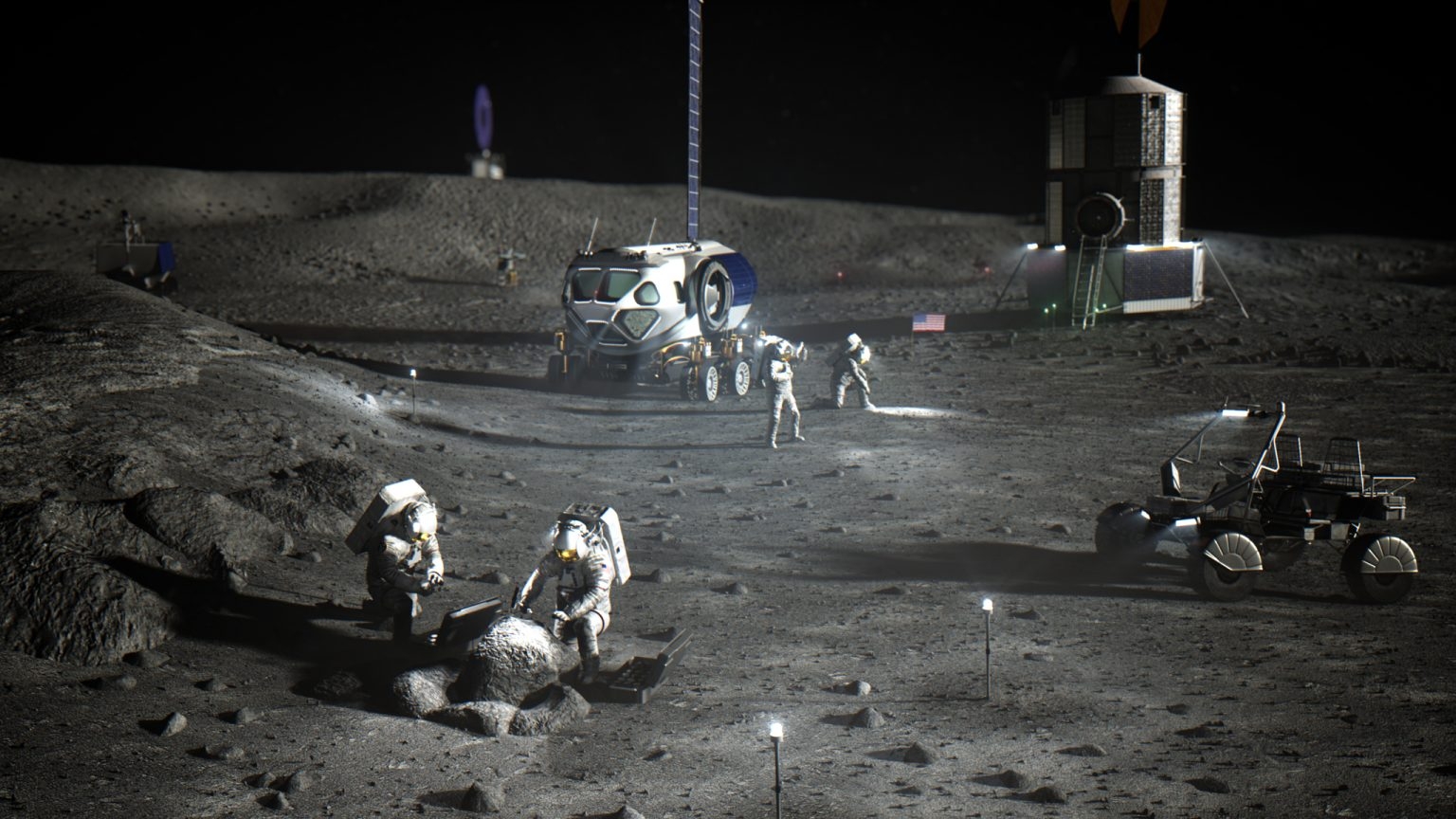Lunar Eclipse Could Boost Underdog Meteor Shower

Whenskywatchers think of meteor showers during the month of December, theyimmediately think of the Geminids, which over the years have evolvedinto themost prolific and reliable of the dozen or so annual meteor displaysthat takeplace. And yet, there is also another notable meteor shower that occursduring Decemberthat, in contrast, hardly gets much notice at all: the December Ursids.Thepeak of this meteor display usually occurs on the night of Dec. 22 toDec. 23.
WhiletheUrsids would normally be difficult to see during this time because ofbrightlight from the full moon, the rare upcoming totallunar eclipse may provide a special chance to catch a glimpseof the Ursidmeteor shower.
Checkthis NASAlunar eclipse chart to see how visible the eclipse will befrom differentregions around the world.
TheUrsids are so named because they appear to fan out from the vicinity ofthebright orange star Kochab, in the constellation of Ursa Minor, theLittle Bear.Kochab is the brighter of the two outer stars in the bowl of the LittleDipper(the other being Pherkad), that seem to march in a circle like sentriesaroundPolaris, the North Star. Thesemeteors are sometimes called the Umids, in a ratherunsuccessful attempt tomake clear that they originate from the direction of Ursa Minor, notUrsaMajor.
Often neglected
Thefactthat Kochab is positioned so near to the north pole of the sky meansthat it almostnever sets for most viewers in the Northern Hemisphere.
Andsincethe Ursids seem to fan out from this particular region of the sky, youcan lookfor these faint, medium-speed meteors all through the night if you careto. Thefact that they reach their peak on Dec. 22 to Dec. 23, however, is notgoodnews for prospective Ursid watchers in 2010, as this coincides with thefirstfull night of winter, with a brilliant nearly full moon that will shinein thesky all night from about 5:00 p.m. local time onward.
Breaking space news, the latest updates on rocket launches, skywatching events and more!
Thisisunfortunate because the underappreciated Ursids "badly needobserving," according to the British Astronomical Association.
Thatobservershave neglected the Ursids is not surprising. Everything about them iswintry.
TheUrsidmeteor shower usually coincides with the wintersolstice, and is best seen by polar bears since they comefrom near thecelestial north pole. In contrast to the Geminids, which can produce upto 120meteors per hour, the usual Ursid rate is but a fraction of that;generallyspeaking they produce about a dozen or so per hour at their peak.
TheUrsids are actually the dusty debris shed by the periodic comet Tuttle8P/Tuttle, which circles the sun in a 13.6-year orbit and was last seeninearly 2008. On occasion, the Earth has interacted with a dense, narrowstreamof particles shed by this comet, which has caused brief outbursts ofUrsidmeteors numbering in the dozens per hour, but no such interaction isexpectedthis year.
The eclipsewill help!
Butdon'tcross the Ursids off your observing calendar just yet. As I notedabove, thisyear they coincide with a brilliant almost-full moon, which likely willsquelchvisibility of most meteors. If only the moon weren't in the sky?
Butwait!The night before the Ursid peak (Dec. 20 to Dec. 21) is thelong-awaited totaleclipse of the moon. In fact, for 72 minutes, while the moon iscompletelyimmersed in the Earth's shadow, the moon will appear anywhere from10,000 to100,000 times dimmer and will allow many of the fainter stars and eventheMilky Way to temporarily appear. [Amazingphotos of a total lunar eclipse]
Andpossibly a few Ursid meteors too! Usually not many people would beoutside on acold late-December night looking up at the sky, but the eclipse will bethefeature attraction that will draw many outdoors.
Soif,while you're admiring the totally eclipsed moon, you happen to alsocatch sightof a few meteors streaking from out of the northern part of the sky,congratulations! You've probably caught sight of the Ursids.
- Top10 Lunar Eclipse Facts
- TheBest Leonid Meteor Shower Photos 1, 2,3,4
- Howto Watch the Dec. 20 Total Lunar Eclipse

Joe Rao is Space.com's skywatching columnist, as well as a veteran meteorologist and eclipse chaser who also serves as an instructor and guest lecturer at New York's Hayden Planetarium. He writes about astronomy for Natural History magazine, Sky & Telescope and other publications. Joe is an 8-time Emmy-nominated meteorologist who served the Putnam Valley region of New York for over 21 years. You can find him on Twitter and YouTube tracking lunar and solar eclipses, meteor showers and more. To find out Joe's latest project, visit him on Twitter.
